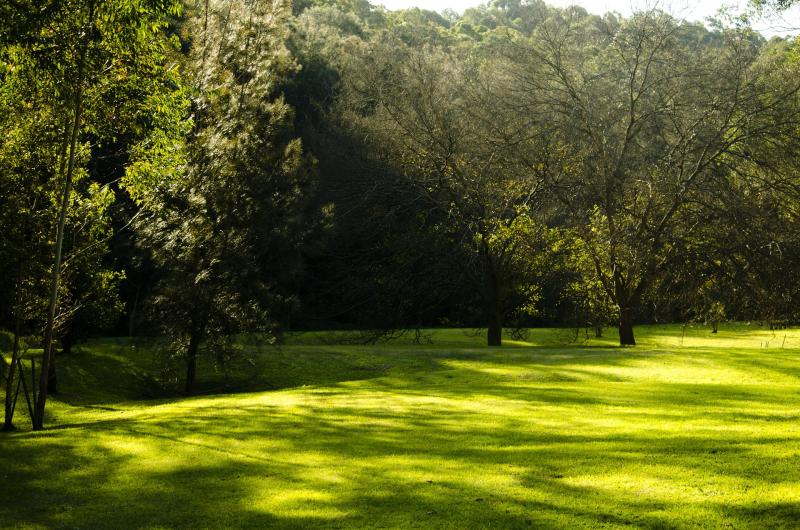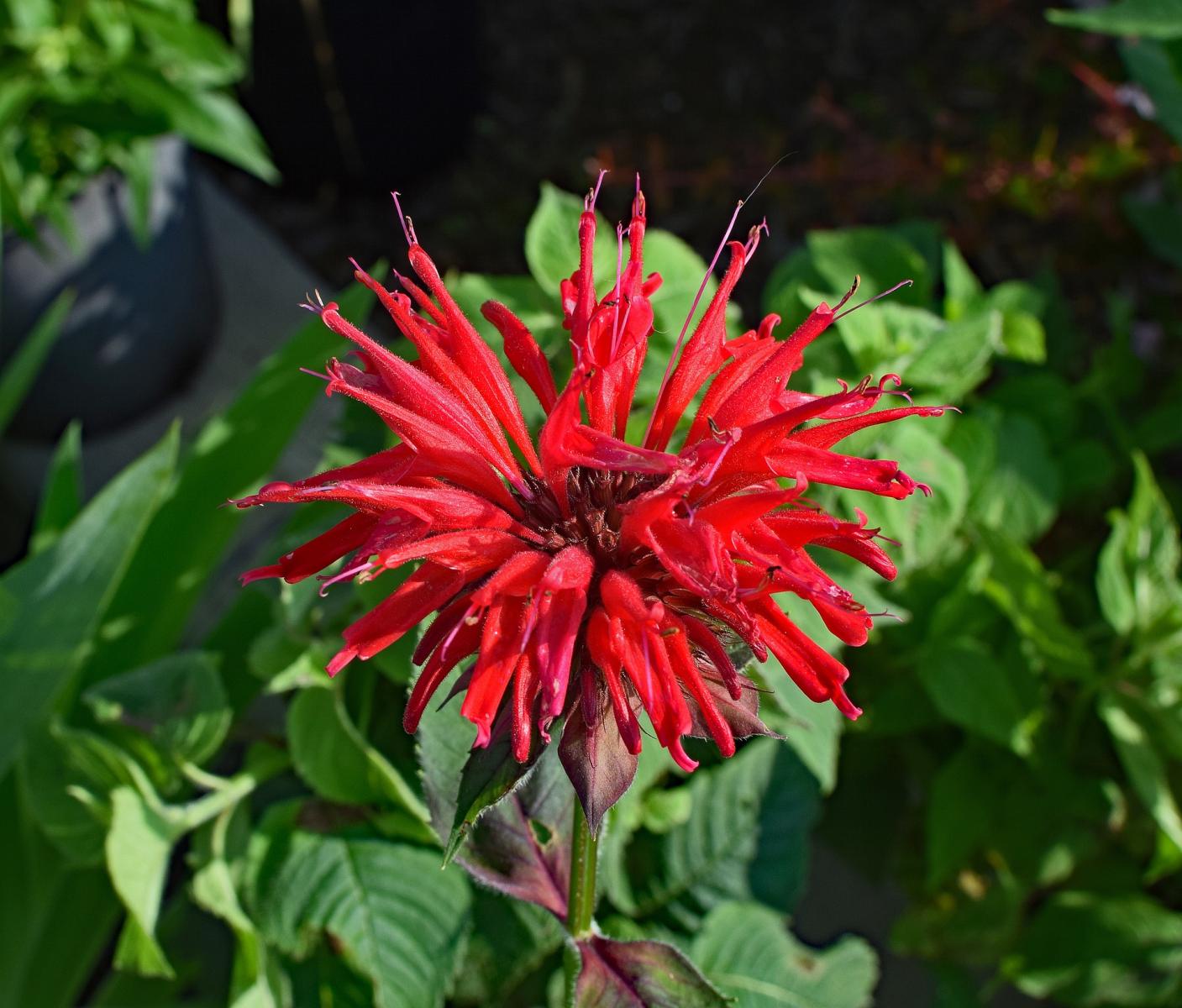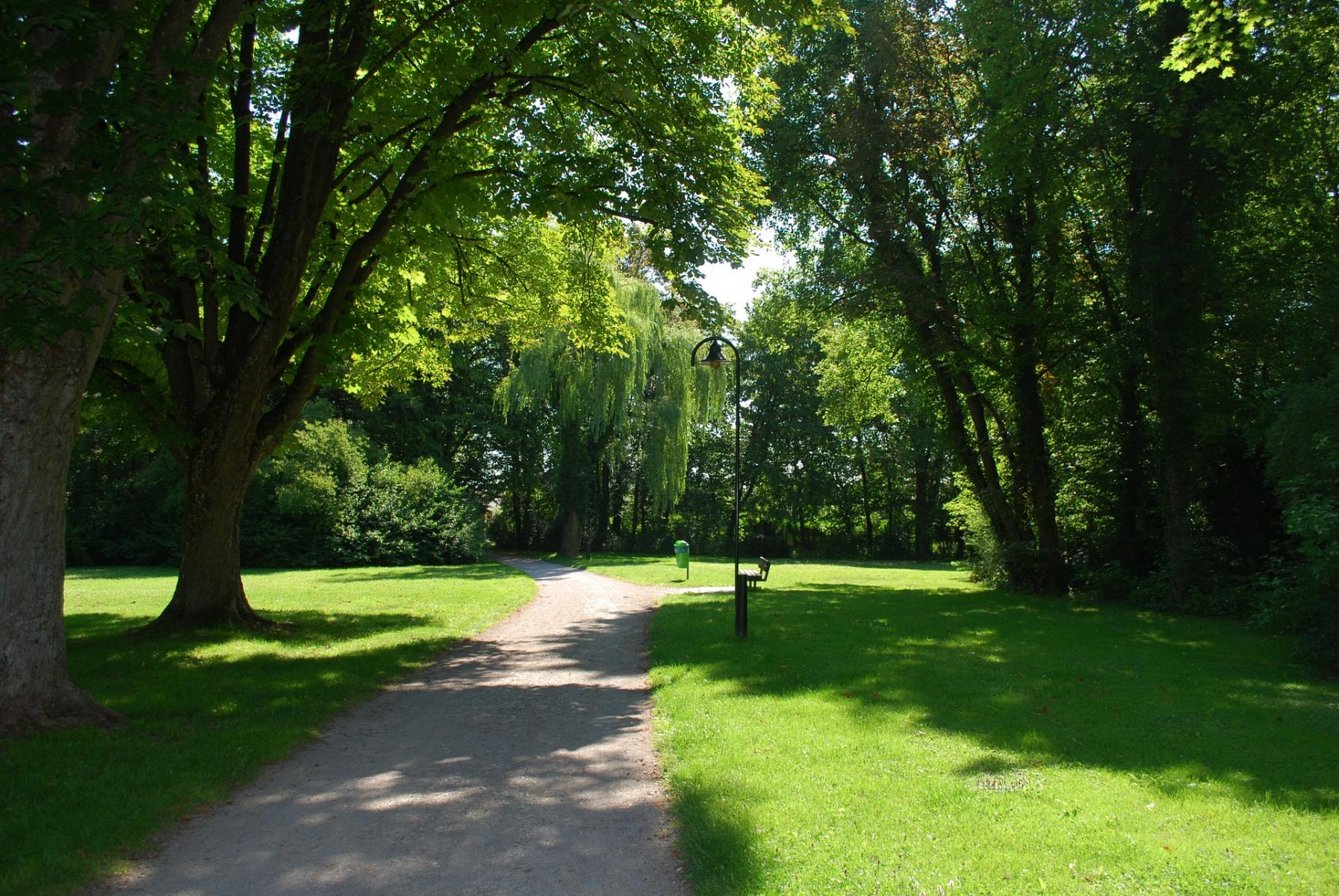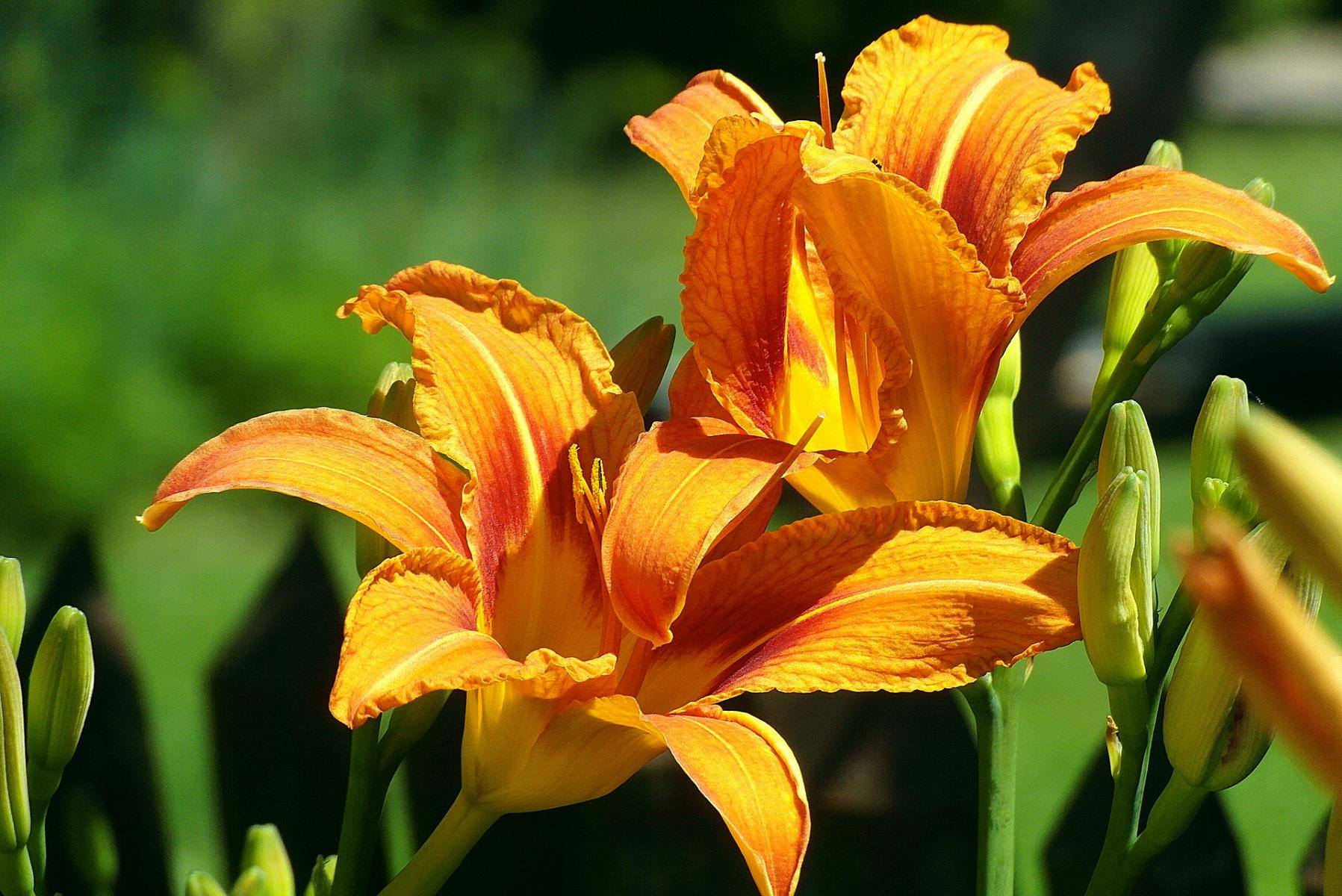
We often get carried away when looking at plants in the garden center or plant catalogs. A particularly attractive plant is so tempting, we buy first then try to figure out where it will survive in our landscape. As a result, gardeners often end up with a mish-mash of plants with different growing requirements, which they try to and fulfill in their landscape beds.
To make plant care easier and plants healthier, it’s better to critically assess the garden site first, and plant options second. Focus primarily on the amount of sun a site receives, soil quality, wind exposure and amount of natural soil moisture.
 Sun Requirement
Sun Requirement
What exactly does the plant tag mean when it says a plant needs full sun? Or partial sun? Understanding sunlight exposure terms and applying these guidelines to your landscape will make your plants healthier.
Full sun is typically defined as a minimum of 6 hours full, direct sun per day but can be much higher. In midsummer, full sun locations receive 10-12 hours of intense sunlight. Many plants are fully adapted to growing in full sun, but others will develop scorched or yellow leaves when they get too much sun.
Full shade, or dense shade, is defined as areas never receiving any direct sunlight. This could be an area under a dense shade tree or evergreen, or an area constantly shaded by a structure. There are plants that will thrive in these areas too, but they need to be carefully chosen.
 Partial sun or partial shade are much more ambiguous terms and harder for many gardeners to apply to their gardens. Generally, any area receiving at least half a day of full sun is classified as partial sun/shade. Additional terms used to define shade include the following.
Partial sun or partial shade are much more ambiguous terms and harder for many gardeners to apply to their gardens. Generally, any area receiving at least half a day of full sun is classified as partial sun/shade. Additional terms used to define shade include the following.
- Dappled shade – areas of light, shifting shade. Typically found beneath a tree with a light canopy, such as a river birch or honeylocust tree. This would be considered partial to full shade, based on the density of the tree’s canopy.
- Light shade – 3 to 5 hours of direct sun per day.
Partial sun areas may have either morning or afternoon sun. Morning sun is less intense and easier for shade-loving plants to tolerate, but it may not be enough for sun-loving plants. Hosta and big-leaf hydrangea perform well when grown in a site with only morning sun, but tall sedum, garden phlox or monarda may develop weak stems with few flowers if grown in only morning sun.
Afternoon sun is much more intense. If an area receives sun all afternoon, from noon until dusk, it would be considered a full sun location even if it gets some morning shade.
Soil QualitySoil is key to a successful garden, but often existing garden soil is not ideal; it may be compacted, heavy and high in clay, or high in sand. Soil quality can be improved by amending with organic matter or gardeners can assess their existing soil quality and use plants adapted for good growth under these conditions.
 Water Requirements
Water Requirements
Assess the site for soil water content. Does the area dry out quickly and stay dry most of the year unless irrigated? In these areas, group drought –resistant plants to decrease the need for supplemental irrigation once plants are established.
Does the area tend to stay moist? Utilize plants adapted to growing well in moist soil.
Redesign the landscape so plants with similar water needs grow side-by-side on a site that meets their preferred growing needs. Group ornamental plants into low, moderate and high water users. Water each according to their needs, taking into consideration natural precipitation and weather conditions.
Wind Exposure
How wind exposed is the site? Wind is a fact of life in Nebraska landscapes. While air movement among plants is important to dry leaves after a heavy dew or rain, thus reducing disease problems, it also causes problems by pulling moisture from plant leaves. Plants located in very windy locations may need more irrigation to maintain good moisture content and prevent problems with summer or winter desiccation.
Areas protected from wind, especially in winter, create a favorable environment where less hardy plants may be successful.
Assess Your Microclimates
All of these factors together – sun, soil, water and wind exposure – create microclimates in the landscape. Whether the microclimate is hot, dry and windy with heavy clay or partially shaded in moist soil with wind protection there are plants to fit those sites.
Assess the site first, then group together plants that prefer those growing requirements. This will make the landscape healthier and easier to maintain.
Images from Pixabay.com.
- Lightly shaded areas receive 3-5 hours of direct sun per day.
- Bee balm or Monarda tolerates moist soil areas.
- Densely shaded areas receive no direct sun.
- Sun-loving plants like daylily grow and bloom best in full sun.